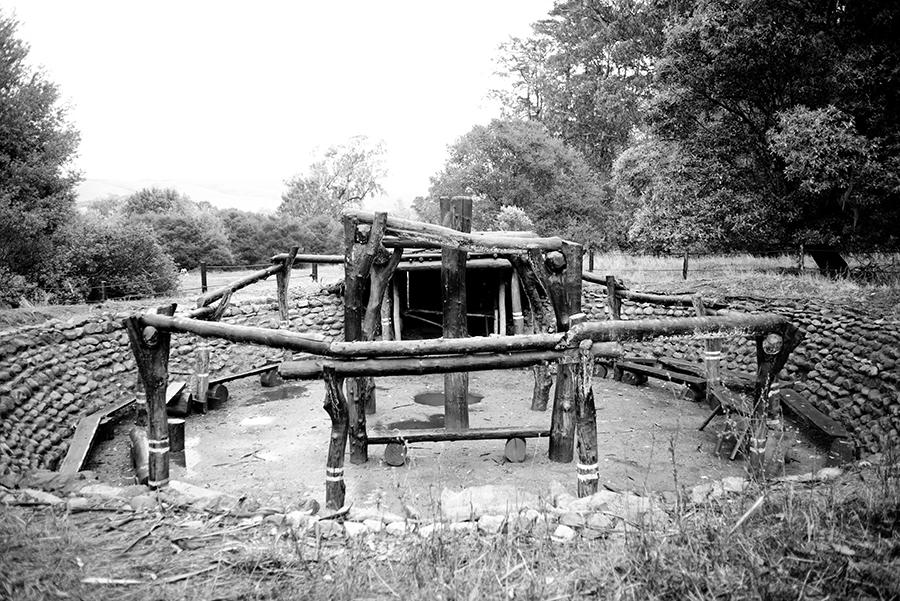What should be done with the aging roundhouse at Kule Loklo? That question is at the center of a timely and nuanced dialogue between . . .
Future in flux for Kule Loklo roundhouse


What should be done with the aging roundhouse at Kule Loklo? That question is at the center of a timely and nuanced dialogue between . . .